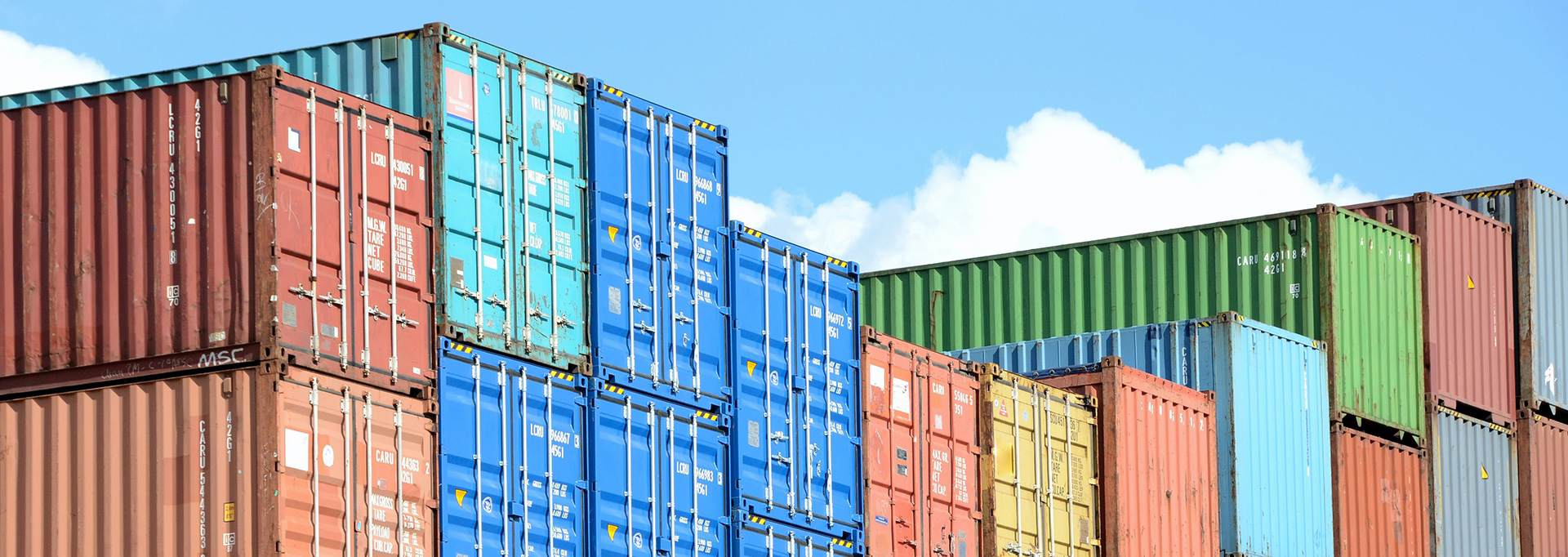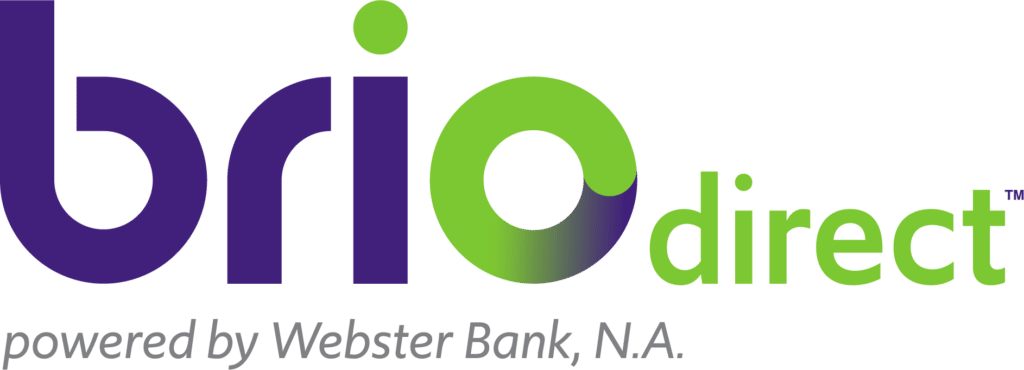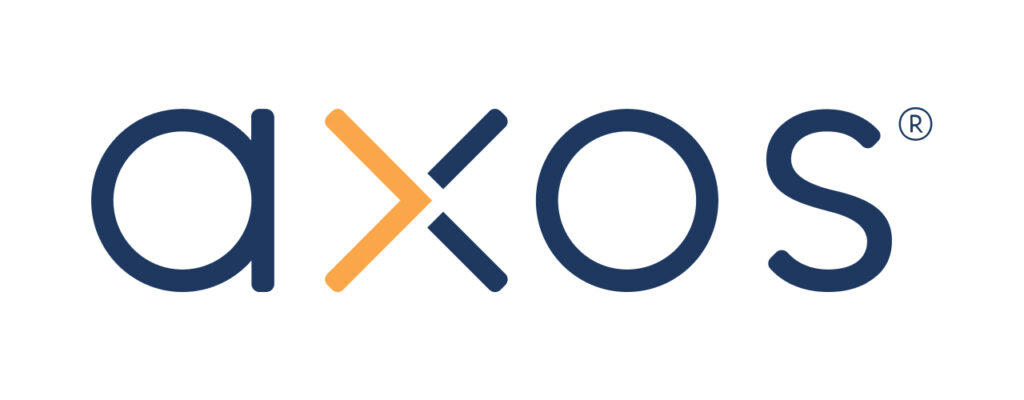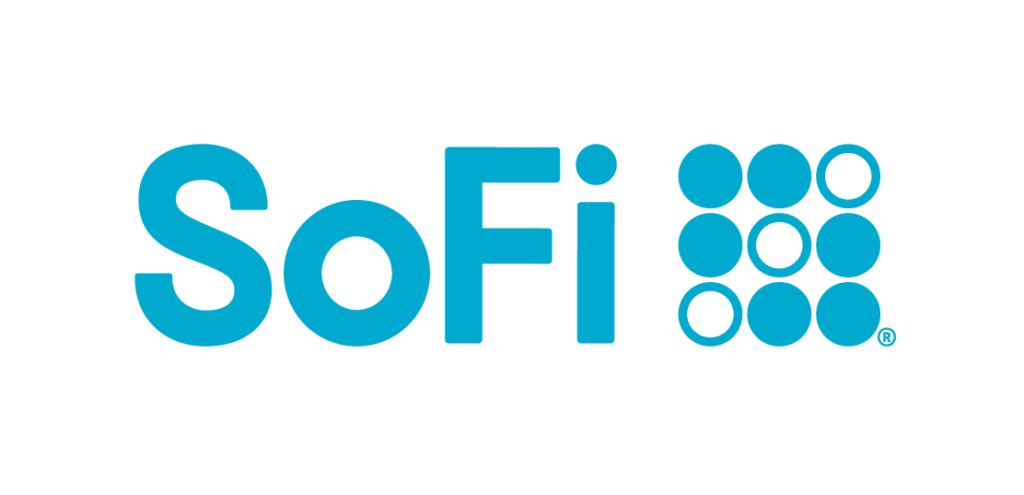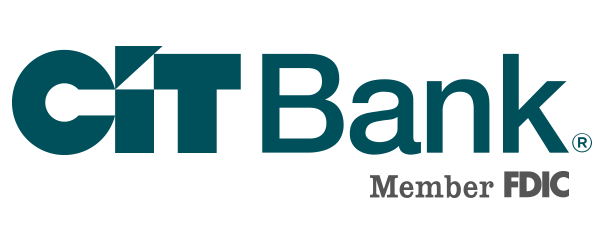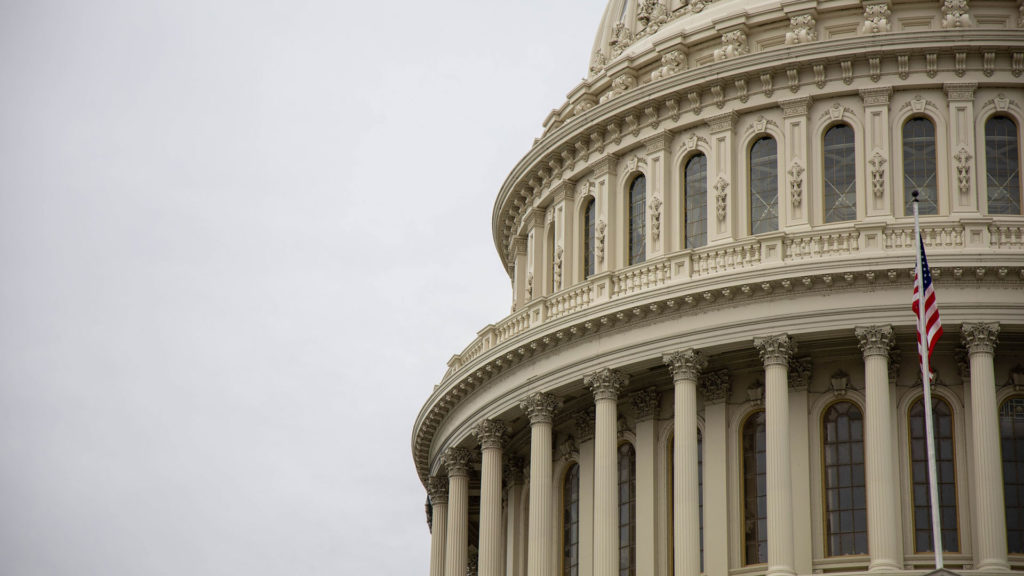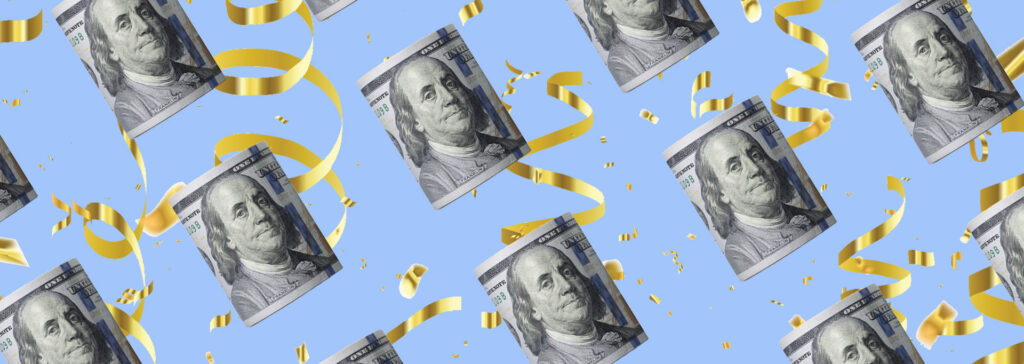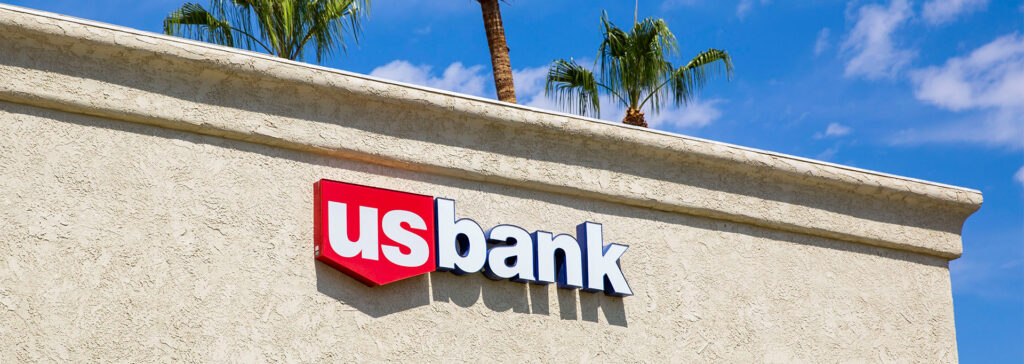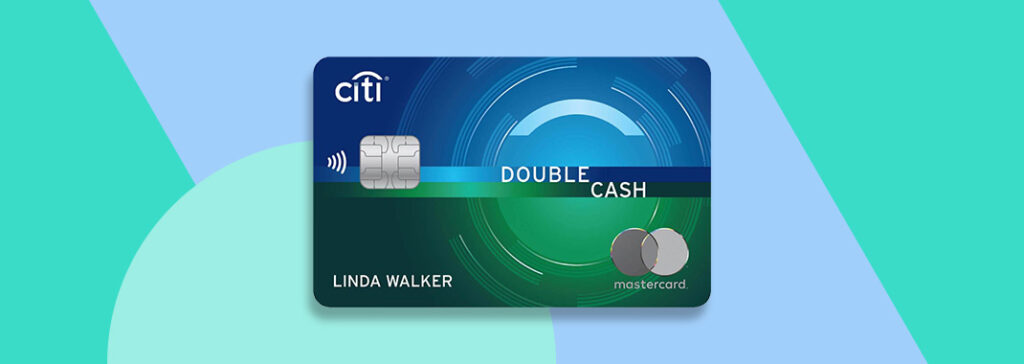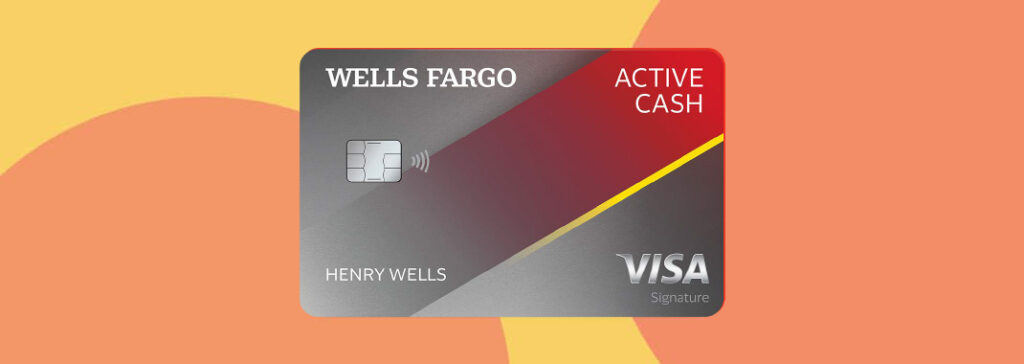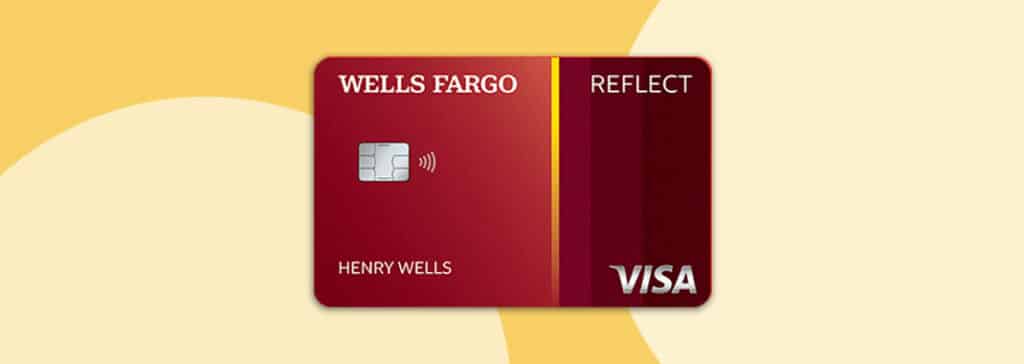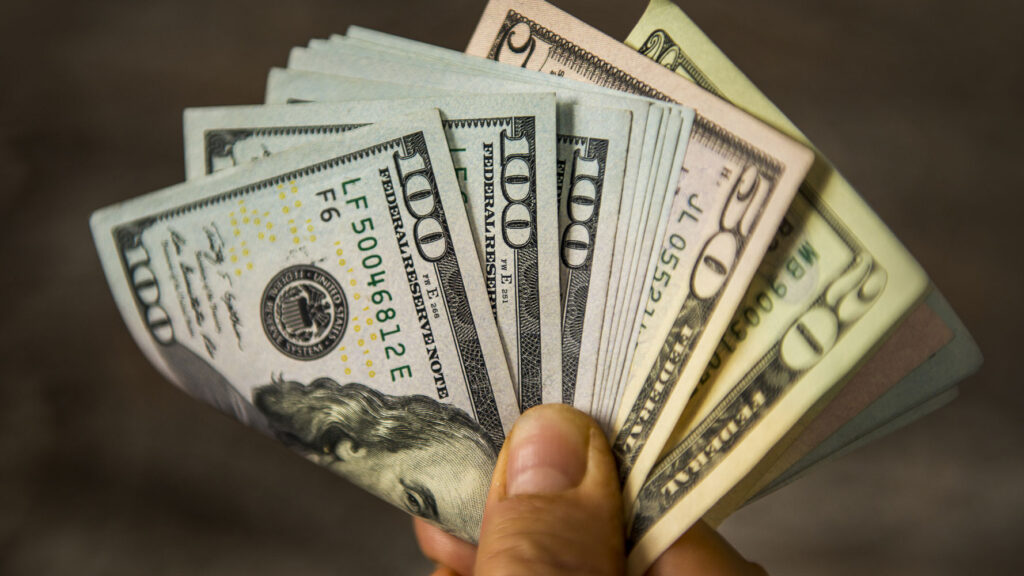Most products on this page are from partners who may compensate us. This may influence which products we write about and where and how they appear on the page. However, opinions expressed here are the author's alone, not those of any bank, credit card issuer, airline or hotel chain. Non-Monetized. The information related to Chase credit cards was collected by Slickdeals and has not been reviewed or provided by the issuer of these products. Product details may vary. Please see issuer website for current information. Slickdeals does not receive commission for these products/cards.
If you've ever borrowed money from a bank or lender, you're probably familiar with interest rates. For borrowers like you and me, an interest rate is the cost of borrowing money from a bank or lending institution. Lower interest rates mean you will pay less over the agreed repayment terms. For lenders, an interest rate is compensation for assuming risk when lending money.
You've probably seen stories in the news about changing interest rates. Rates seem to fluctuate over time, sometimes rising and falling several times yearly. What causes interest rates to change? With most rate changes, there isn't one specific factor that ultimately causes it to change. Instead, a few factors can cause interest rates to change at any given time.
Supply and Demand
Supply and demand affect the price of nearly every product you purchase. When there's little demand or too much supply, merchants lower their prices to encourage consumer spending and stay competitive. When demand is high or supply is low, prices go up. We saw this during the COVID-19 pandemic as consumers struggled to find toilet paper, bottled water, face masks and other high-demand products. Between increased need and supply chain issues, stores couldn't keep up with demand. Once retail stores ran out of supplies, online retailers and resellers often bumped prices to astronomical levels. We're still experiencing the effects of supply chain breakdowns.
Similar to products you can purchase, supply and demand affect interest rates. When demand is down, lenders are more willing to part with funds and for less interest. Banks and lenders often raise interest rates when demand is high to capitalize on growing needs. We see this during periods of economic decline, when people are less likely to splurge on big purchases like a new car or house. To stimulate lending, banks often drop interest rates.
Supply also causes interest rates to rise and fall. During economic downturns, you often see the United States Federal Reserve increase its purchase of government debt in an attempt to stimulate the American economy. Increased funds become the source for new loans and with increased funds available, rates start to drop.
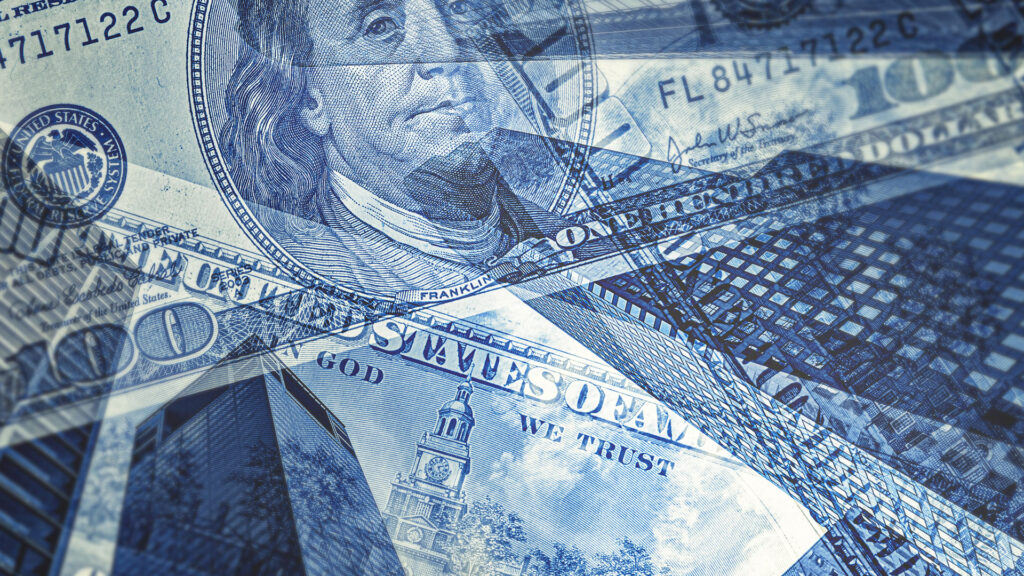 Related Article
Related Article
Best High-Yield Savings Accounts (December 2025)
When banks need more deposits, they raise interest rates on deposit accounts like savings, money market accounts and certificates of deposit (CDs). The same is true if they need fewer deposits. Banks will lower rates to discourage saving. Rate changes on bank accounts typically coincide with those set on loans since banks don't want to offer more interest on deposit accounts than they charge on loans.
Since interest rates are relatively high right now, you may benefit from opening one of the following deposit accounts that offers an above average annual percentage yield (APY):
Recommended High-Yield Savings Accounts
| Bank Account | APY | Minimum Deposit | Learn More |
|---|---|---|---|
|
| 4.00%
*Annual Percentage Yield (APY) is variable and is accurate as of 11/19/2025. Rate is subject to certain terms and conditions. You must deposit at least $5,000 to open your account and maintain $25 to earn the disclosed APY. Rate and APY may change at any time. Fees may reduce earnings. | $5,000 | Open Account |
|
| Up to 4.31%
Earn up to 4.31% APY on savings, and 0.51% APY on checking when you meet requirements. | N/A | Open Account |
|
Member FDIC | 0.50% - 3.60%
SoFi members with Eligible Direct Deposit can earn 3.60% annual percentage yield (APY) on savings balances (including Vaults) and 0.50% APY on checking balances. There is no minimum Eligible Direct Deposit amount required to qualify for the 3.60% APY for savings (including Vaults). Members without Eligible Direct Deposit will earn 1.00% APY on savings balances (including Vaults) and 0.50% APY on checking balances. Interest rates are variable and subject to change at any time. These rates are current as of 11/12/25. There is no minimum balance requirement. Fees may reduce earnings. Additional information can be found at http://www.sofi.com/legal/banking-rate-sheet. Annual percentage yield (APY) is variable and subject to change at any time. Rates are current as of 11/12/25. There is no minimum balance requirement. Fees may reduce earnings. Additional rates and information can be found at https://www.sofi.com/legal/banking-rate-sheet | N/A | Open Account |
|
| 3.75%
Platinum Savings is a tiered interest rate account. Interest is paid on the entire account balance based on the interest rate and APY in effect that day for the balance tier associated with the end-of day account balance. *APYs — Annual Percentage Yields are accurate as of November 20, 2025: 0.25% APY on balances of $0.01 to $4,999.99; 3.75% APY on balances of $5,000.00 or more. Interest Rates for the Platinum Savings account are variable and may change at any time without notice. The minimum to open a Platinum Savings account is $100. | $100 | Open Account |
CIT Disclosures
For a complete list of account details and fees, see our Personal Account disclosures.
Platinum Savings is a tiered interest rate account. Interest is paid on the entire account balance based on the interest rate and APY in effect that day for the balance tier associated with the end-of day account balance.
*APYs — Annual Percentage Yields are accurate as of November 20, 2025: 0.25% APY on balances of $0.01 to $4,999.99; 3.75% APY on balances of $5,000.00 or more. Interest Rates for the Platinum Savings account are variable and may change at any time without notice. The minimum to open a Platinum Savings account is $100.
The Federal Government
Speaking of the government, it also plays a considerable role in the current interest rate environment. The U.S. Federal Reserve, or FED, sets the federal funds rate, often referred to as the federal funds target rate. The federal funds rate is a percentage range representing the rate banks and other financial institutions charge each other for overnight lending. The Federal Open Market Committee (FOMC) holds regular meetings during the year to set the federal funds rate, which is announced three weeks later.
Currently, the federal fund rate is 4.25% - 4.50%. The FOMC announced target rate ranges eight times in 2022:
| Date | Targeted Fed Funds Rate |
|---|---|
|
January 26, 2022 |
0.00%-0.25% |
|
March 16, 2022 |
0.25%-0.50% |
|
May 4, 2022 |
0.75%-1.00% |
|
June 15, 2022 |
1.50%-1.75% |
|
July 27, 2022 |
2.25%-2.5% |
|
September 21, 2022 |
3.00%-3.25% |
|
November 2, 2022 |
3.75%-4.00% |
|
December 14, 2022 |
4.25%-4.50% |
When you deposit money into a bank account, the bank uses those deposits as capital for handing out loans and credit to other customers. Federal regulations require banks to keep a certain percentage of capital reserves on hand at all times. But as customers deposit and withdraw funds, the amount of capital available at any given time changes. Lending also affects capital as new loans are approved and others are paid back. Bank reserve requirements change as the reserve grows and diminishes.
Banks often turn to other financial institutions for help meeting reserve requirements. They use the federal funds rate as a guide for how much interest to charge each other on these short-term loans. It also influences the prime rate that banks charge their best, most creditworthy customers on loans, credit cards and mortgages. Some rates, like those on student loans, aren't affected as greatly by the prime rate as other factors. If you have a loan or account with a fixed interest rate, your rate won't change regardless of the current economic environment.
Inflation
Inflation is another factor that affects interest rates. When the inflation rate rises, typically, so do interest rates. The Fed may try to stabilize the economy by raising rates, which in turn causes lenders to raise their rates. Lenders set higher interest rates to compensate for decreased purchasing power, especially on loan products with longer terms. As loans become more expensive, people are more likely to borrow money for purchases. With less demand for goods and services, merchants eventually drop prices, making them more affordable once again.
The Interest Rates You Receive
The above factors contribute to the rates set by banks on lending and deposit products. However, there are other contributing factors that determine the types of rates you will receive if you borrow money. Most banks and lenders rely on credit checks to determine your creditworthiness based on your credit score, credit history and other financial information. Some lenders consider your employment history when determining eligibility for lending or setting rates. Excellent credit typically earns you the best available rates, while poor credit could leave you with extremely high interest rates or disqualify you from lending.
